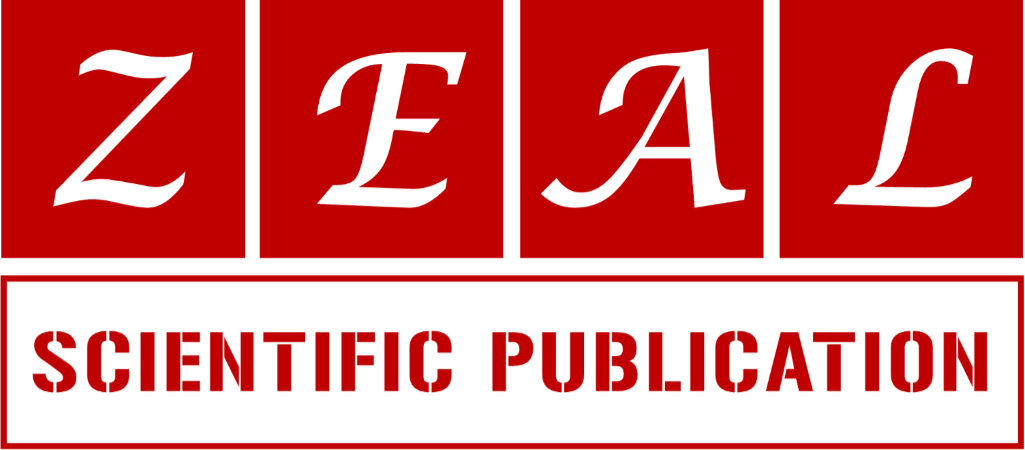Neurobehavioral toxic effects of perinatal oral exposure to lithium on the developmental motor reflexes, cognitive dysfunction and brain oxidative stress of mice offspring
Department of Medical Surgical Nursing, College of Nursing, King Saud University, Riyadh, Saudi Arabia.
Research Article
World Journal of Advanced Pharmaceutical and Medical Research, 2021, 01(01), 009–023.
Article DOI: 10.53346/wjapmr.2021.1.1.0011
Publication history:
Received on 06 January 2021; revised on 16 January 2021; accepted on 18 January 2021
Abstract:
In the present study, the perinatal oral exposure of pregnant mice to 15 and 30mg/kg lithium (lithium chloride) in their drinking water resulted in a significant and dose-dependent reduction in postnatal body weight gain, delays in opening of the eyes and appearance in the body hair fuzz, and deficits in the sensory motor reflexes of the mice pups during weaning period (from the day of birth to postnatal day21). At adolescent and adult ages of the male offspring, a significant and dose-dependent deficit was also observed in their learning capability (at PD25), and cognitive behavior (at PD30-36). Furthermore, a significant and dose-dependent disturbance in the levels of neurotransmitters like dopamine (DA) and serotonin (5-HT); non-enzymatic oxidative stress (OS) indices like thiobarbituric acid-reactive substances (TBARS) and total reduced glutathione (GSH); and enzymatic OS indices like glutathione S-transferase (GST), catalase (CAT), and superoxide dismutase (SOD) were observed in the forebrain region of the offspring at post-natal day (PD)7, PD14, PD21, PD30, and PD36. Thus, perinatal lithium exposure can affect the in utero developing fetus, raising the concerns for a potential neurotoxic hazards and a longer lasting cognitive dysfunction. A reduced use of lithium during pregnancy is of crucial importance in preventing lithium -induced neurotoxicity in the offspring.
Keywords:
Lithium; Perinatal; Mice offspring; Developmental; Neurobehavior; Oxidative stress
Full text article in PDF:
Copyright information:
Copyright © 2021 Author(s) retain the copyright of this article. This article is published under the terms of the Creative Commons Attribution Liscense 4.0
